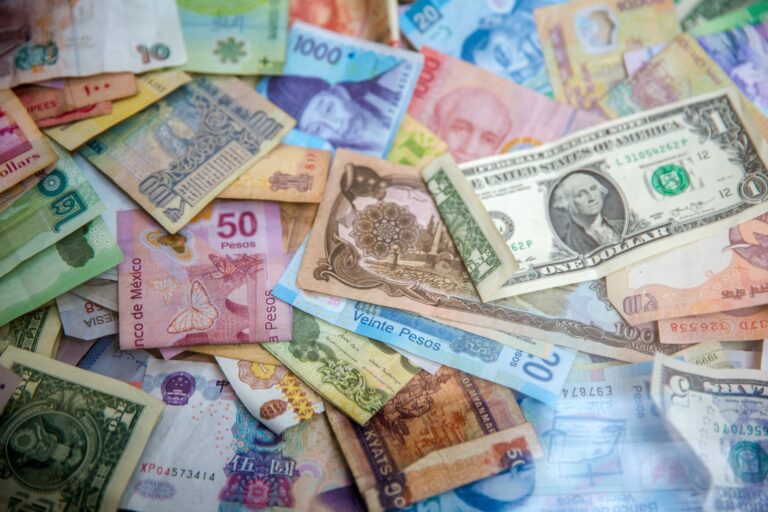CURRENCY PAIRS EXPLAINED
A currency pair is a quotation for two different currencies. It is the amount you would pay in one currency for a unit of another currency. For instance, when a trader is quoted EUR/USD 1.13 it means that the trader can exchange 1 Euro and receive 1.13 US Dollars.
When a currency’s value changes, it changes relative to another currency. If the EUR/USD quotation goes from 1.13 today to 1.15 tomorrow it means that the Euro has appreciated relative to the US dollar, or that the US dollar has depreciated relative to the Euro because it will cost more US dollars to purchase 1 Euro.
WHAT ARE THE MAJOR CURRENCY PAIRS?
The definition of ‘major currency pairs will differ among traders, but most will include the four most popular pairs to trade – EUR/USD, USD/JPY, GBP/USD and USD/CHF. ‘Commodity currencies’ and ‘cross pairs’ are also categorised as majors. Below we explore the major currency pair categories.
Major currency pairs
The most traded currency pairs are listed below. They represent some of the world’s largest economies and are traded in high volumes. Higher volumes tend to lead to smaller spreads.
- EUR/USD – Euro Dollar
- USD/JPY – Dollar Yen
- GBP/USD – Pound Dollar
- USD/CHF – Dollar Swiss Franc
The EUR/USD (Euro/US Dollar) nicknamed ‘Fiber’ is the world’s most traded currency pair commanding 23% of FX transactions in 2016. The Euro and the US Dollar represent the two largest economies in the world, the US Economy and the European Union.
The popularity of the EUR/USD ensures that it trades at tight spreads. High volumes lead to reduced price differences between the bid and offer.
The USD/JPY (US Dollar/Japanese Yen) is also known as ‘The Ninja’ and is the second most traded currency pair. The Yen is often used by carry traders who borrow the Yen and invest it into higher yielding currencies. The Bank of Japan has had to combat low inflation and growth for many years, and as a result it has a very low interest rate.
The USD/JPY is also traded in extremely high volumes which leads to low bid-ask spreads and lots of liquidity. The Yen is also known as a safe-haven currency amongst traders.
The USD/CHF (US Dollar/Swiss Franc), nicknamed ‘Swissy’, derives its popularity from the Swiss Franc’s safe-haven status. When risk/volatility enters the market, traders bid up the Swiss Franc because the Swiss economy is seen to have lower risk.
The GBP/USD (Pound Sterling/US Dollar) is nicknamed ‘Cable’ due to the undersea cables that used to carry bid and ask quotes across the Atlantic Ocean.
This major forex pair shares similarities with the EUR/USD. Both are highly correlated because the United Kingdom’s economy is tied to the European Union.
Traders enjoy tight bid-ask spreads on the GBP/USD due to its high liquidity.
Commodity currencies
Commodity currencies like the Aussie, Loonie and Kiwi are forex pairs that are greatly influenced by commodity prices.
The AUD/USD (Australian Dollar/US Dollar), or ‘Aussie’, is greatly affected by mining commodities, farming of beef, wool and wheat. The Aussie also tends to do well when China does well because the two countries are big trading partners. The Reserve Bank of Australia (RBA) also has major influence over the AUD/USD.
The USD/CAD (US Dollar/Canadian Dollar) or ‘Loonie’ is also heavily affected by oil, timber and natural gas. Interestingly, the Canadian dollar is closely tied to the US economy.
The NZD/USD (New Zealand Dollar/US Dollar), also known as the ‘Kiwi’, is heavily influenced by data releases of agriculture and tourism.
As with all currencies, these central banks (Federal Reserve and Reserve Bank of New Zealand) shouldn’t be underestimated. Changes to monetary policy from either of them can lead to NZD/USD volatility.



